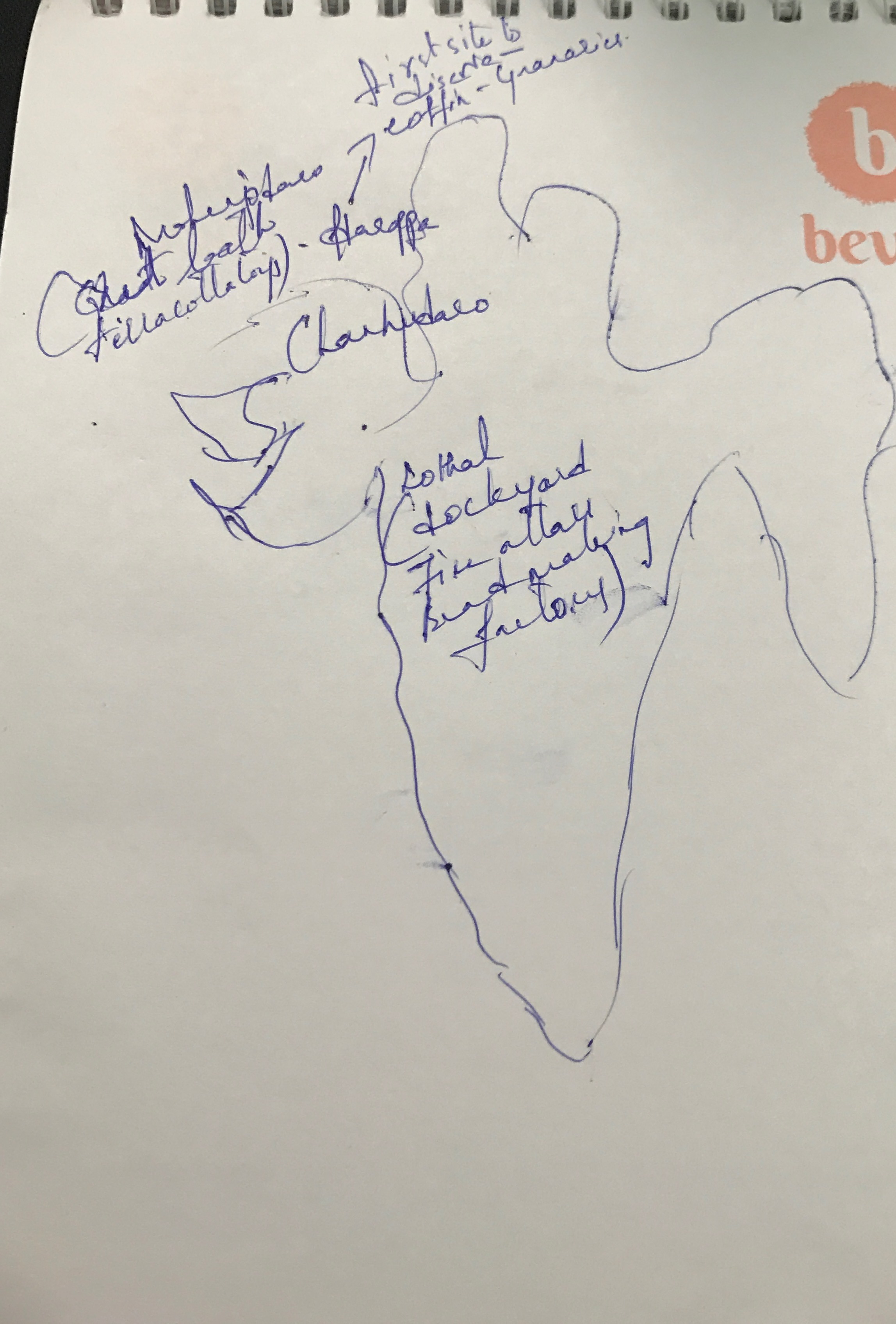Every IAS aspirant knows how crucial is the NCERT books in the preparation of the IAS Exam and how important note making is during preparation and its use while revision. Candidates should know how to read NCERT books for IAS preparation.
Here are some important tips on how to make NCERT notes for UPSC and this is just one of many methods that candidates can follow if they find it easy, effective, and useful.
How to make NCERT notes for UPSC
Till now candidates would have come across various methods of notes making style and some of the methods are a linear method and horizontal method. Here we are not talking about the notes making style, but on how to make notes from NCERT textbooks while preparing for UPSC Civil Services IAS Exam.
These are just a few steps that candidates if finding easy can follow to make notes from the NCERT Books.
- Don’t blindly start reading the NCERT Book, go through the table of content e.g. as given below for the Class 12 NCERT Textbook of History.
Part I consist of four themes as given below:
THEME ONE
BRICKS, BEADS, AND BONES
The Harappan Civilisation
THEME TWO
KINGS, FARMERS, AND TOWNS
Early States and Economies
(c.600 BCE-600 CE)
THEME THREE
KINSHIP, CASTE, AND CLASS
Early Societies
(c. 600 BCE-600 CE)
THEME FOUR
THINKERS, BELIEFS, AND BUILDINGS
Cultural Developments
(c. 600 BCE-600 CE)
- After going through the table of content next come to the chapters, divide a chapter into sections and subsections and again sections under subsections if required.
Under each section

While making notes of this kind make sure to avoid long sentences and keep points and important keywords (like the place name, findings in the place, etc., avoid verb, prepositions, and just give importance to nouns and adjectives.
- Make sure to include a timeline at the end of your revision notes as given below:
1875 Report of Alexander Cunningham on Harappan seal
1921 M.S. Vats begins excavations at Harappa
1925 Excavations begin at Mohenjodaro
1946 R.E.M. Wheeler excavates at Harappa
1955 S.R. Rao begins excavations at Lothal
1960 B.B. Lal and B.K. Thapar begin excavations at Kalibangan
1974 M.R. Mughal begins explorations in Bahawalpur
1980 A team of German and Italian archaeologists begins surface
explorations at Mohenjodaro
1986 American team begins excavations at Harappa
1990 R.S. Bisht begins excavations at Dholavira
- Try to locate the places on the map e.g. as given below forget about drawing that perfect or neat diagrams, this is for your reference and easy revision and UPSC observes how accurately you have located places on the map, not your drawings.

- End of your revision notes, make a list of topics from the subsections and write short notes on each as this will help in answer writing practice for the mains exam.
E.g.
Great Bath
Harappan Culture
Comparison between early and late Harappan culture
Town planning in Harappan Civilization
Have an eagle eye on the current affairs and try to correlate it with the syllabus
Recently there was an article on Harappan Urban Planning in the news
These are some important steps to follow in note-making from NCERT textbooks if aspirants find it useful then they can follow this.
Also Read:
| Important Chapters in NCERTs for Science & Technology | How to Read NCERT Books for UPSC Exam |
| Complete List of NCERT Books Needed for UPSC | Free NCERT Books PDF Download |
UPSC Books List PDF:-Download PDF Here
UPSC Preparation
| UPSC Prelims | UPSC Calendar 2023 |
| UPSC Exam Pattern | IAS Exam |
| UPSC Books | Daily News Analysis |
| UPSC Previous Year Question Papers | IAS Current Affairs |
| NCERT Notes For UPSC | Daily Video Analysis: The Hindu |
Comments